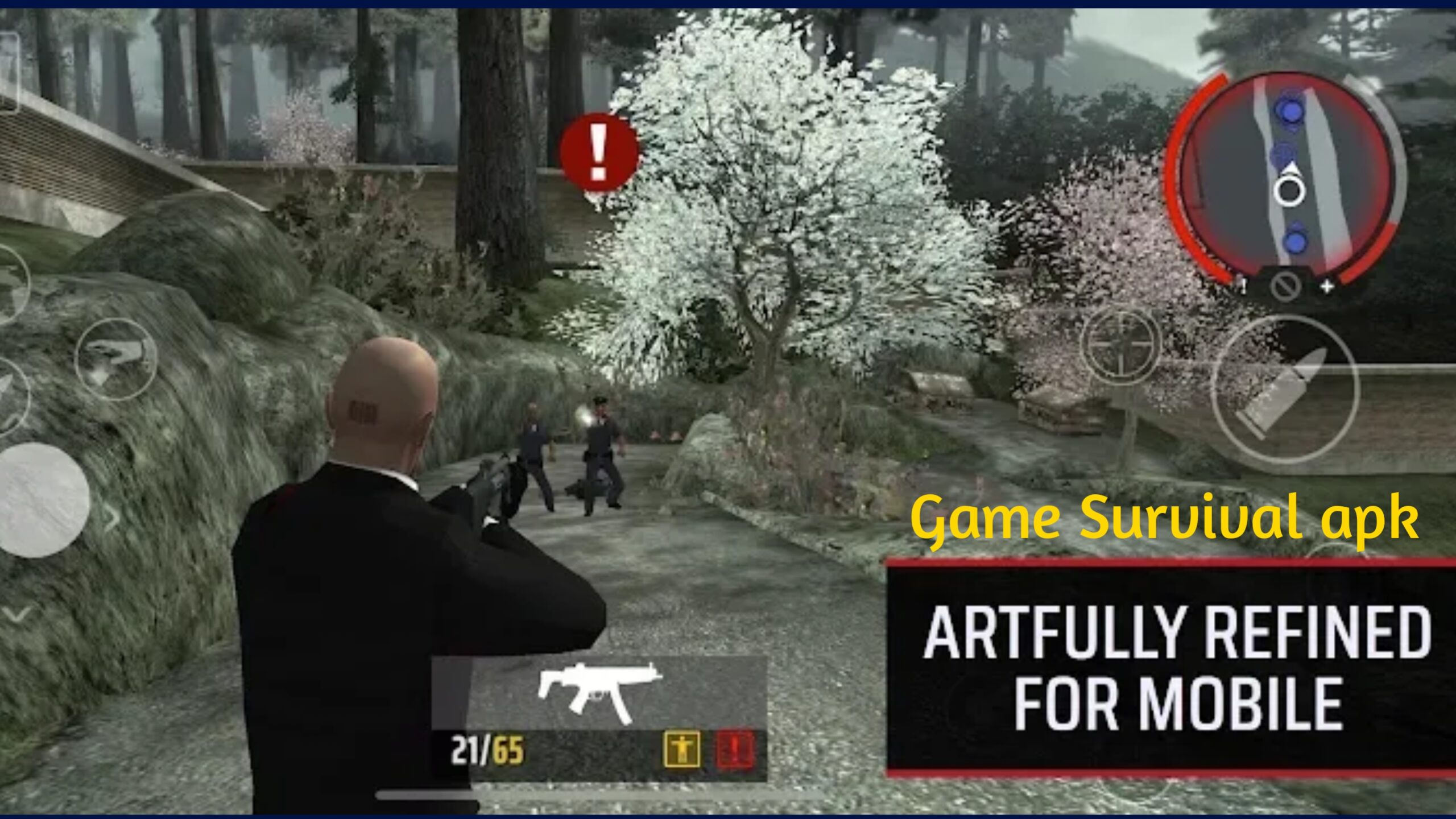eleased in 2006, Hitman: Blood Money is the fourth installment in the critically acclaimed Hitman series, developed by IO Interactive and published by Eidos Interactive. The game continues the journey of Agent 47, the iconic bald-headed assassin with a barcode tattooed on the back of his head. Known for its innovative gameplay, Blood Money introduced a variety of new features that not only expanded on its predecessors but also set a new standard for stealth action games. Below, we’ll explore the game’s plot, gameplay mechanics, features, and impact in detail.
1. Storyline and Plot
Hitman: Blood Money follows Agent 47 as he navigates a world of assassination, betrayal, and revenge. The game is presented as a flashback, narrated by former FBI Director Alexander Leland “Jack” Cayne in a conversation with a journalist. Cayne recounts how the International Contract Agency (ICA), the organization that supplies 47 with assassination contracts, has been targeted by a rival organization called “The Franchise.”
As the ICA’s operatives are eliminated one by one, 47 takes on a series of assassination missions across the globe. He is hunted by The Franchise while simultaneously attempting to unravel the conspiracy behind the attacks. The story culminates in a final showdown in the White House, where 47 must stop a coup aimed at installing a puppet president controlled by The Franchise.
The narrative is filled with intrigue, political conspiracy, and dark humor, elements that have come to define the Hitman series. It also delves deeper into 47’s personal story, exploring his relationship with his handler, Diana Burnwood, and his moral code as a contract killer.
2. Gameplay Mechanics
One of the core strengths of Hitman: Blood Money is its non-linear gameplay. Unlike traditional action games, Blood Money emphasizes stealth, strategy, and creativity over brute force. Players are encouraged to plan their assassinations carefully, using disguises, environmental factors, and a variety of tools to eliminate their targets.
a. Mission Structure
Each mission in Hitman: Blood Money is set in a large, sandbox-like environment. Players are given a primary target (or multiple targets) and the freedom to choose how they want to complete the mission. For example, players can opt for a silent, stealthy approach by disguising themselves as a staff member, or they can choose a more direct method, such as sniping the target from a distance. The game rewards players for creativity and precision, encouraging experimentation.
b. Notoriety System
One of the most notable additions to Blood Money is the notoriety system. As players complete missions, their actions affect their notoriety level. If a player leaves behind too much evidence, such as witnesses, bodies, or security footage, their notoriety increases. A high notoriety level makes it harder to blend in during future missions, as NPCs may recognize 47. Players can reduce notoriety by bribing officials or ensuring that they leave no trace of their involvement in a hit. This system adds a layer of realism and challenge, forcing players to think about the long-term consequences of their actions.
c. Money and Upgrades
Another significant feature is the introduction of the in-game currency system. Players earn money for successfully completing missions, which can be used to buy new weapons, upgrades, and equipment. The amount of money earned depends on how well the player performs – silent, clean kills with no witnesses will net a larger payout than a chaotic mission filled with collateral damage. The currency system adds a progression mechanic, allowing players to customize their arsenal to suit their preferred playstyle.
d. Accidents and Improvised Kills
In Hitman: Blood Money, players can orchestrate “accidents” to kill their targets, which is a more subtle and often rewarding way to complete a mission. For example, players can loosen a chandelier to fall on a target, push them off a balcony, or poison their drink. These environmental kills provide a unique layer of depth to the gameplay and encourage players to explore the environment fully.
3. Levels and Locations
The game’s missions take place in a variety of diverse and detailed locations, ranging from an opera house in Paris to a wedding at a vineyard and even a Mardi Gras parade in New Orleans. Each level is meticulously crafted, with distinct challenges and opportunities for creative assassinations.
One of the standout missions is “A New Life,” where 47 must infiltrate a suburban neighborhood to eliminate a former mobster under witness protection. The contrast between the tranquil, everyday setting and the deadly mission highlights the series’ dark humor and unique tone.
Another memorable mission is “The Murder of Crows,” set during a Mardi Gras parade. The level’s crowded streets and multiple targets provide an exciting and chaotic environment, challenging players to navigate through the masses while carrying out their hits.
4. Graphics and Sound Design
For its time, Hitman: Blood Money was praised for its graphics. The environments are rich with detail, and the character models, while somewhat dated by modern standards, were impressive for 2006. The game also features ragdoll physics, which allow for more realistic body movements when enemies are subdued or killed. The use of lighting and shadows enhances the stealth mechanics, making it easier to hide in the dark or blend into crowds.
The sound design in Blood Money plays a crucial role in building atmosphere. Jesper Kyd, the composer for previous Hitman titles, returned to score the game, blending orchestral music with electronic elements to create a tense, cinematic experience. Sound effects, such as the echo of footsteps or the murmur of a crowd, help immerse players in the game world, while the voice acting is consistently strong throughout the narrative.
5. Legacy and Reception
Hitman: Blood Money received widespread acclaim upon its release, with many considering it the best entry in the series at the time. Critics praised the game’s open-ended level design, improved AI, and the depth of the assassination mechanics. The notoriety system, in particular, was seen as a clever addition that added replay value and forced players to think carefully about their approach.
However, some critics pointed out minor flaws, such as occasional bugs or awkward controls, particularly in the console versions. Despite these minor issues, Blood Money was lauded as one of the best stealth games of its era and helped cement the Hitman franchise’s reputation.
Over time, the game has become a cult classic, with fans appreciating its replayability and the freedom it offers players. Many of the mechanics introduced in Blood Money would go on to influence future Hitman titles, including the 2016 reboot of the series.
6. Conclusion
Hitman: Blood Money remains a landmark title in the stealth action genre. With its intricate level design, flexible gameplay, and engaging story, it offers players a unique and satisfying experience. Whether you’re a fan of silent, methodical assassinations or chaotic action, the game provides countless opportunities for creativity and experimentation. Over a decade after its release, Blood Money continues to be a fan favorite, and its influence on the genre is still felt today. For newcomers and veterans of the series alike, it’s a must-play title that showcases the best of what the Hitman franchise has to offer.
Hitman: Blood Money Game Apk








